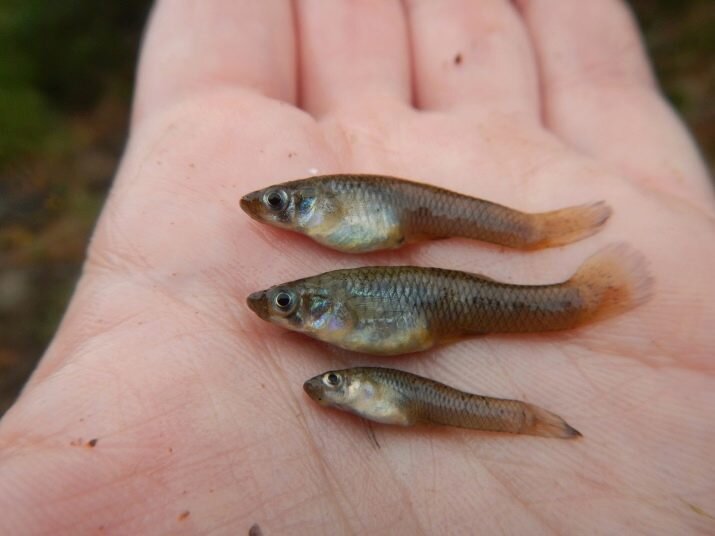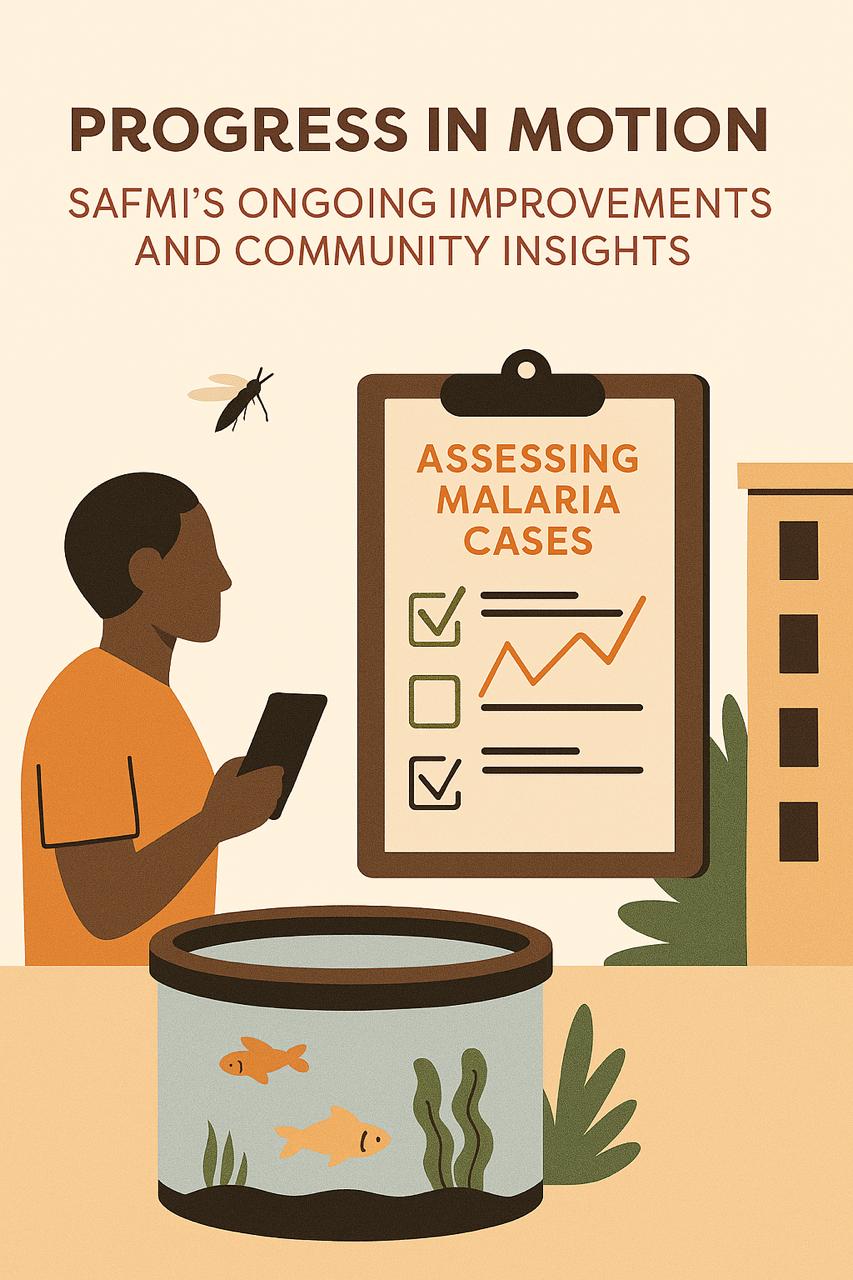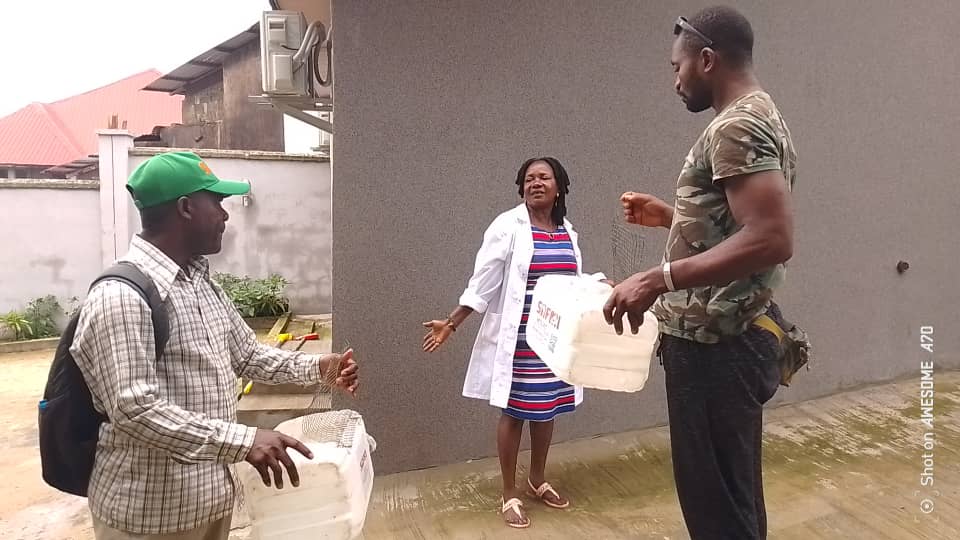
Strolling through the streets of Sochi, it's hard to believe that just 100 years ago, this area was a swampy land plagued by malaria-carrying mosquitoes. In the early 20th century, the warm and humid subtropical climate favored the development of these mosquitoes, complicating the region's development.
In the early 1920s, Soviet authorities began combating malaria using various methods. They planted water-absorbing trees like eucalyptus and plane trees and treated water bodies with chemicals to eliminate mosquitoes and their larvae. Despite these efforts, malaria outbreaks continued to occur regularly.
The major breakthrough in fighting malaria is often attributed to Soviet scientist Sergey Yuryevich Sokolov, who was appointed to lead the malaria control efforts in 1923. Sokolov established anti-malaria stations along the Black Sea coast, from Sukhumi to Anapa. He introduced North American Gambusia fish to the region, which actively fed on mosquito larvae.
Originating from North America, Gambusia, a small yet voracious fish, could eat about 300 mosquito larvae in just five minutes. Thanks to its successful acclimatization and appetite, Gambusia managed to control the mosquito population effectively. By 1956, Sochi reported no malaria cases for the first time.
In 1962, the Soviet Union issued a special stamp to symbolize the victory over malaria. Despite the eradication of malaria, Gambusia continues to be bred in Sochi's "Gambusia" nursery and is distributed to water bodies across the city for prevention. The nursery also sends fish to various parts of the world where people suffer from malaria mosquitoes.
In gratitude, Sochi residents erected a bronze monument to Gambusia in the Adler district. Without this small fish, Sochi's fate as a resort city and the host of the 2014 Winter Olympics might have been very different.


.png)

